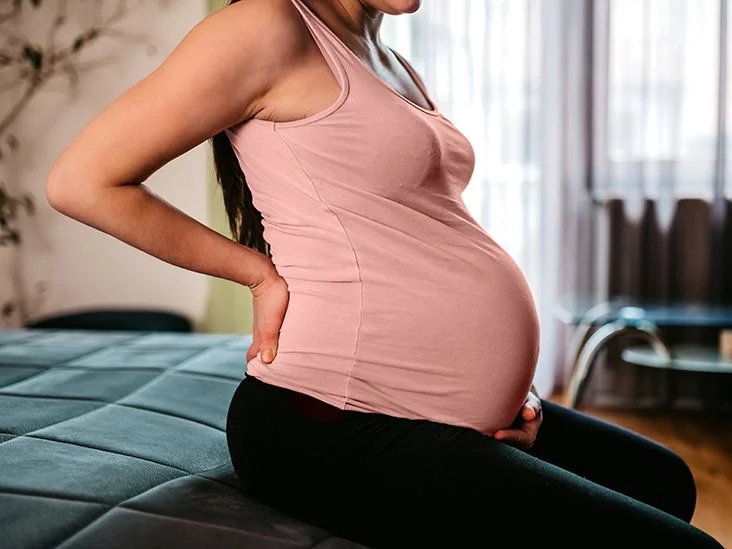Getting your little one to sleep can be a heartwarming experience, yet many new parents find themselves filled with anxiety about their baby’s safety while they snooze. According to the CDC, around 3,500 sleep-related deaths occur among infants in the United States each year. Thankfully, there are practical steps you can take to help minimize these risks. Here are the top 10 recommendations from the American Academy of Pediatrics (AAP) to keep your baby safe during sleep.
- Ensure Your Crib is Safe
First and foremost, check that your crib, bassinet, or play yard complies with safety regulations set by the Consumer Product Safety Commission (CPSC). Cribs with drop-side rails have been banned since 2012 due to safety concerns. - Choose a Firm Sleep Surface
Unlike adults, who may prefer softer mattresses, babies should sleep on a firm surface. This means using a crib or bassinet with a hard mattress and a snugly fitted sheet. Make sure there are no large gaps between the mattress and crib sides; you shouldn’t be able to slide more than two fingers down the sides. - Always Lay Baby Down on Their Back
Whether it’s nap time or bedtime, always place your baby on their back to sleep. This is crucial for reducing the risk of Sudden Infant Death Syndrome (SIDS). Even babies prone to reflux should be positioned this way, as their gag reflex will protect them. - Keep the Sleep Area Clear
Ensure there are no pillows, blankets, or stuffed animals in the crib. These items can pose suffocation hazards. A bare crib is the safest environment for your baby to sleep in. - Avoid Bed-Sharing
While it might be tempting to have your baby sleep in bed with you, it’s safer for them to have their own sleep space. Sharing a bed can lead to accidental suffocation or falls. - Monitor Room Temperature
Keep the room at a comfortable temperature; overheating can increase the risk of SIDS. Dress your baby in light sleep clothing and avoid heavy blankets. - Use a Pacifier
If your baby is receptive, offering a pacifier at nap time or bedtime may help reduce the risk of SIDS. Just remember to wait until breastfeeding is established, usually around 3-4 weeks. - Regularly Check for Recalls
Stay informed about any product recalls related to your baby’s sleep items. Regularly check the CPSC website for updates. - Encourage Tummy Time When Awake
While your baby should always sleep on their back, encourage tummy time when they’re awake to help strengthen their muscles and develop their motor skills. - Stay Updated on Safe Sleep Practices
The recommendations for safe sleep can change. Keep educating yourself on the latest guidelines and consult resources like the AAP for the most current information.
For more detailed insights into baby care, check out this related post on our blog. If you’re considering at-home insemination, visit Make a Mom for the best kits available. Additionally, Genetics and IVF Institute offers excellent information on pregnancy and insemination.
Summary
Ensuring a safe sleeping environment for your baby is crucial, and by following these ten tips, you can help reduce the risks associated with sleep-related incidents. From choosing a safe crib to ensuring your baby sleeps on their back, each step plays a vital role in promoting a safe sleep routine.

Leave a Reply